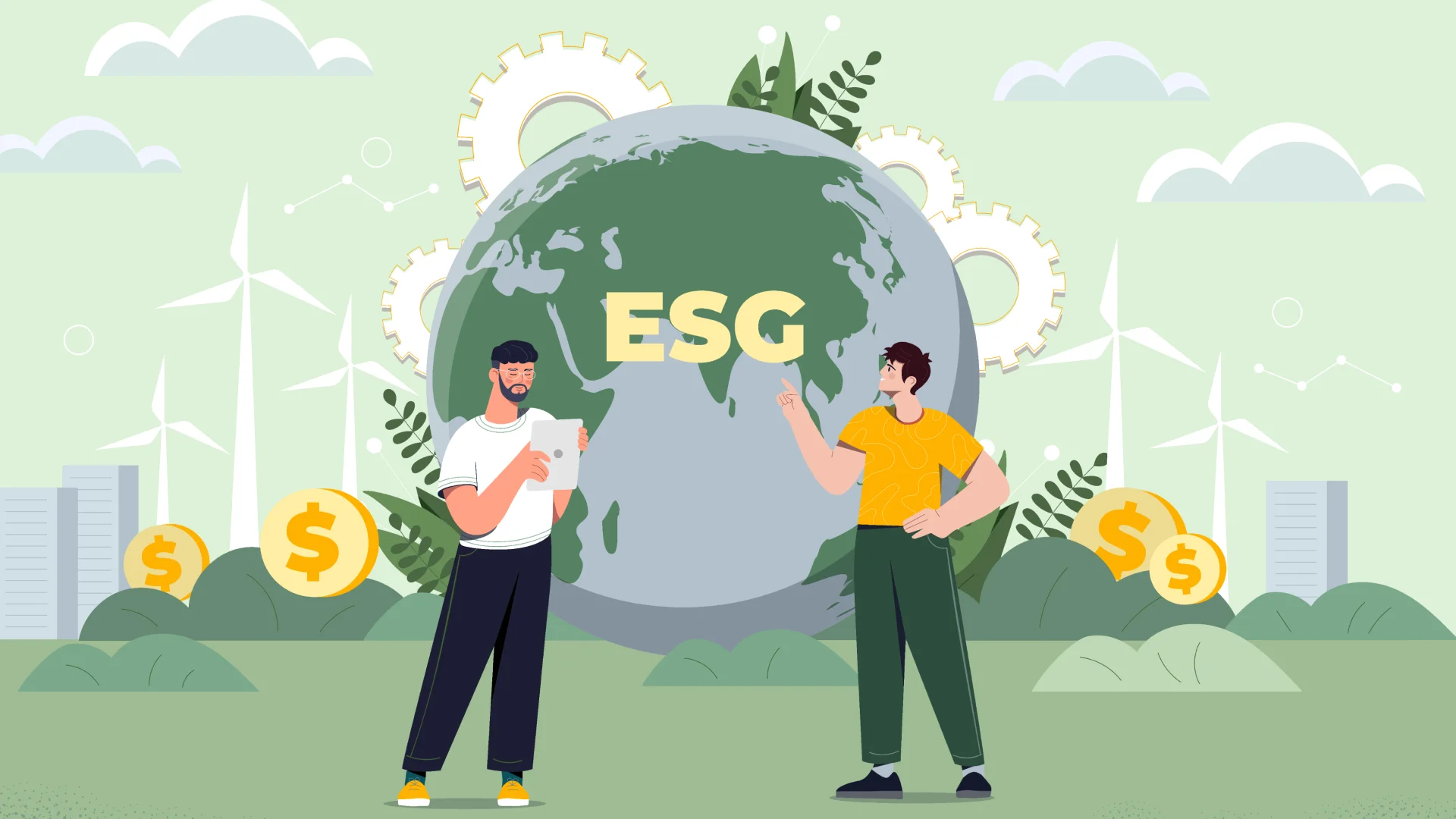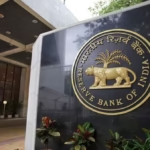India’s green financial revolution is roaring ahead. With climate concerns, sustainability metrics, and responsible investing at the heart of global economic policy, India’s ESG (Environmental, Social, and Governance) bond market is witnessing unprecedented growth. But as billions pour into these so-called ethical instruments, a glaring question looms: Are we actually seeing the promised impact, or just a fancy repackaging of traditional debt instruments?
Let’s break it down — what’s happening in the ESG bond landscape, what’s missing in the impact accountability, and what it means for investors, regulators, and the climate.
🔹 The Rise of ESG Bonds in India: A Snapshot
🔸 Over the past few years, India’s ESG bond market has exploded in scale. Fuelled by climate goals, institutional pressure, and the rise of green-conscious millennial and Gen Z investors, Indian corporates and PSUs have increasingly turned to green, social, and sustainability-linked bonds.
🔸 According to market estimates (as of early 2025), India’s cumulative ESG bond issuance has crossed ₹2 lakh crore. From sovereign green bonds by the Government of India to private green bond issuances by companies like Tata Power, JSW Energy, and Indian Railways Finance Corporation, the momentum is strong.
🔸 Regulatory support has been key. SEBI introduced guidelines for green debt securities way back in 2017 and recently upgraded the disclosure framework under the BRSR (Business Responsibility and Sustainability Reporting) mandate. RBI also included green bonds as part of its priority sector lending.
🔸 Global ESG rating agencies and Indian institutions like ICRA and CRISIL have also started providing ESG ratings, improving market visibility and investor confidence.
But with all that hype, here’s the billion-dollar issue: Where’s the clarity on the actual environmental and social impact of these bonds?
🔹 The Accountability Gap: ESG Greenwashing in India?
🔸 While ESG bonds are labelled as sustainable, the actual usage of funds often lacks transparency. For instance, funds raised for a solar plant might not deliver the emission reductions claimed — yet the company gets a green badge.
🔸 There’s little verification of outcomes. Most disclosures focus on how funds will be used — not what has actually been achieved.
🔸 India’s current ESG reporting frameworks are fragmented and voluntary for most private players. Even when impact reports are provided, they’re often filled with vague metrics like “reduction in carbon intensity” without actual figures.
🔸 This raises fears of greenwashing — the practice of making something look environmentally friendly without concrete proof.
In short: The label is there, the money is flowing, but are we measuring and reporting real impact? That’s the blind spot.
🔹 Types of ESG Bonds Flooding the Market
🔸 Green Bonds: Focused on renewable energy, pollution control, water sanitation, and climate-resilient infrastructure.
🔸 Social Bonds: Target social projects like affordable housing, education, women empowerment, and healthcare.
🔸 Sustainability-Linked Bonds (SLBs): Tied to issuer-level KPIs. For instance, if a company fails to reduce carbon emissions by X% in Y years, its coupon rate might increase.
🔸 Blue Bonds (emerging): Specifically for ocean-related sustainability, though still rare in India.
Each bond category has its own set of challenges. For example, SLBs often rely on self-defined KPIs with no third-party verification. Social bonds may fund already-existing projects with marginal social benefits.
🔹 Why This Lack of Transparency Matters
🔸 Investors are increasingly demanding accountability — they want to know their money is creating real-world change, not just yielding interest.
🔸 Without solid impact metrics, it’s difficult to distinguish between genuinely sustainable issuers and those simply riding the ESG wave.
🔸 This also opens up reputational risks — imagine a bond labeled “green” funding a project that leads to ecological damage or displaces local communities.
🔸 For global investors (especially pension and sovereign funds), clarity is key. If Indian ESG markets lack credibility, capital inflow could slow down, choking the growth momentum.
🔹 What Regulators and Policy Makers Must Do
🔸 Mandatory Impact Reporting: Not just use-of-proceeds, but measurable, verified post-project impact disclosures should be enforced.
🔸 Third-Party Audits: All ESG bonds should have independent third-party audits to ensure compliance with ESG goals.
🔸 Unified ESG Taxonomy: India needs a clear, uniform definition of what qualifies as “green,” “social,” or “sustainable.” Without this, labels become meaningless.
🔸 Penalties for Non-Compliance: There must be consequences — such as interest rate penalties or ineligibility for future ESG issuance — for false claims or non-reporting.
🔸 Digital Tracking: Using blockchain or other digital ledger tech to trace fund usage and impact can boost credibility and trust.
SEBI and RBI are already moving in this direction, but enforcement remains weak. Without strong accountability mechanisms, ESG bonds risk becoming the next corporate green PR tool.
🔹 Case Studies: ESG Bonds Done Right (and Wrong)
🔸 Tata Power Green Bond (2022): One of India’s most lauded ESG issuances, it funded solar and wind projects with detailed third-party verified impact reporting. Emissions saved, jobs created, energy output — all were disclosed transparently.
🔸 Unnamed Real Estate Green Bond (2023): Claimed to fund eco-friendly housing, but upon closer scrutiny, used funds for standard housing with some cosmetic green elements (like LED lighting). Impact data was never released.
The difference? Clarity, commitment, and independent oversight.
🔹 The Road Ahead: Making ESG Impactful, Not Just Fashionable
🔸 ESG finance in India is still in early stages compared to Europe or the US. But its potential is huge — to fund India’s clean energy transition, empower social sectors, and unlock global capital.
🔸 For this to happen, impact transparency must move from a “nice-to-have” to a “must-have.”
🔸 Institutional investors, retail buyers, and regulators must come together to demand rigorous standards, real accountability, and meaningful reporting.
🔸 In the coming years, only those players who walk the talk — not just slap on a green label — will survive the scrutiny.
The ESG revolution isn’t just about raising money. It’s about changing how we define success — not just by profit, but by the planet and people we impact.




